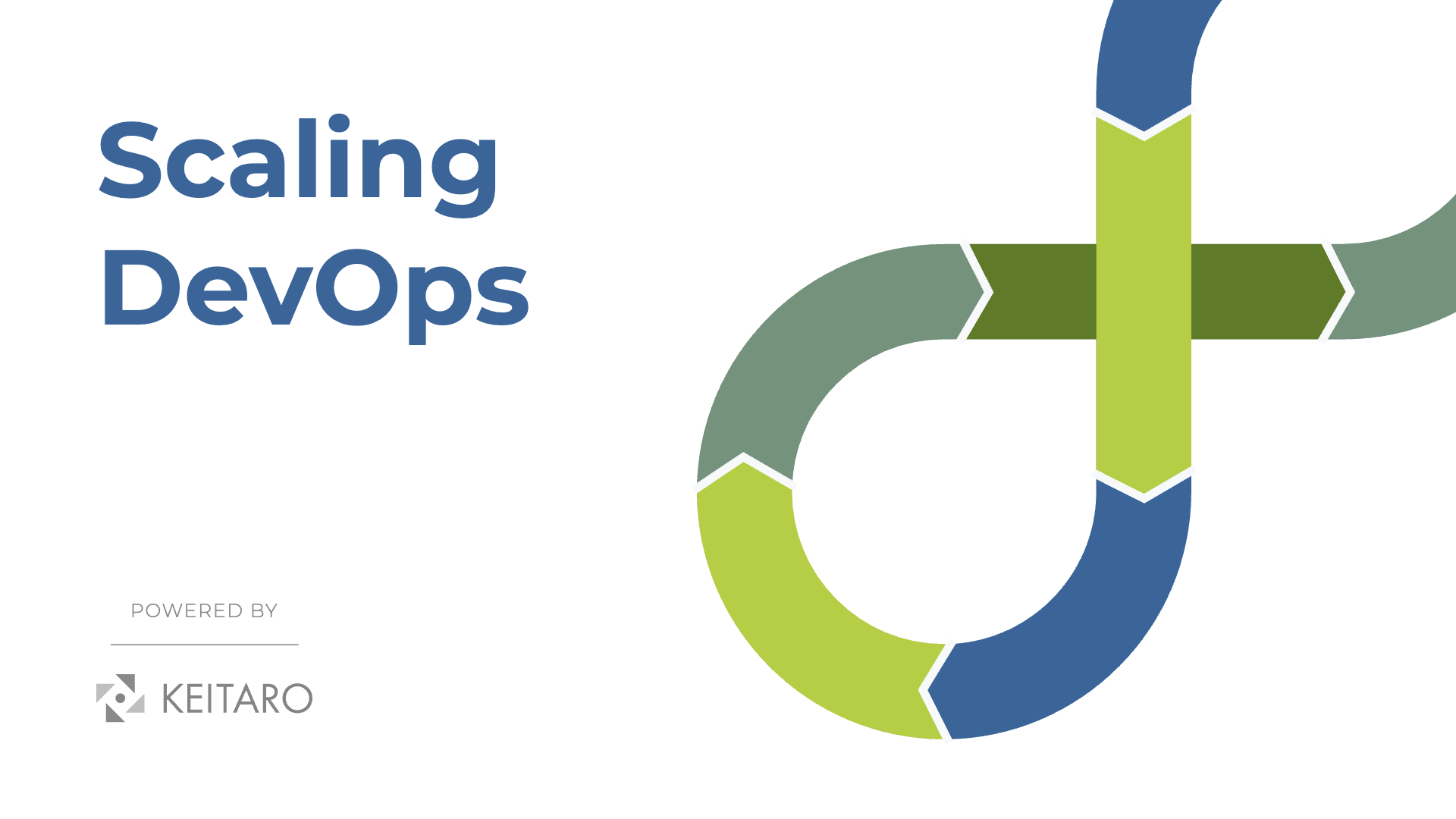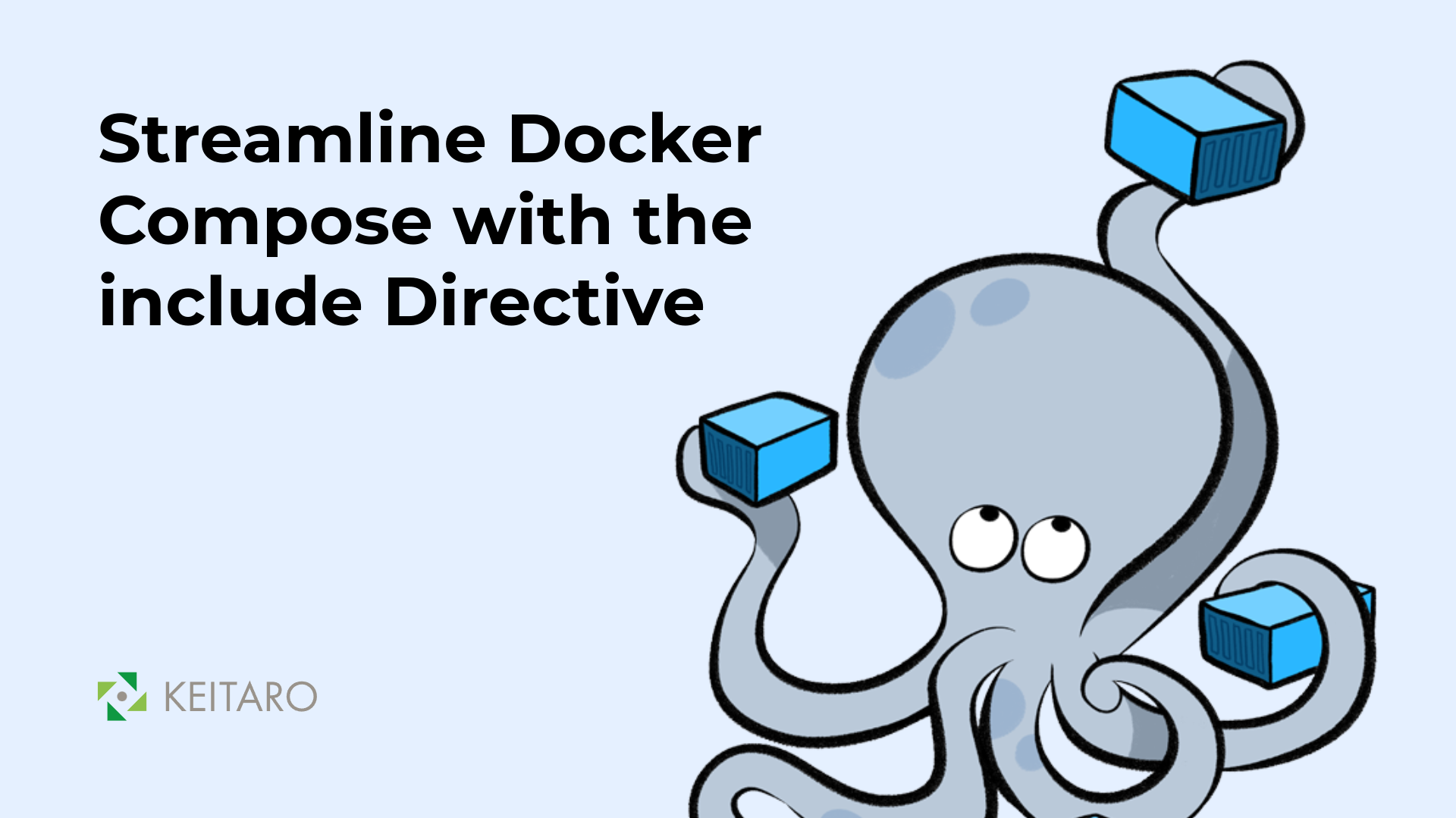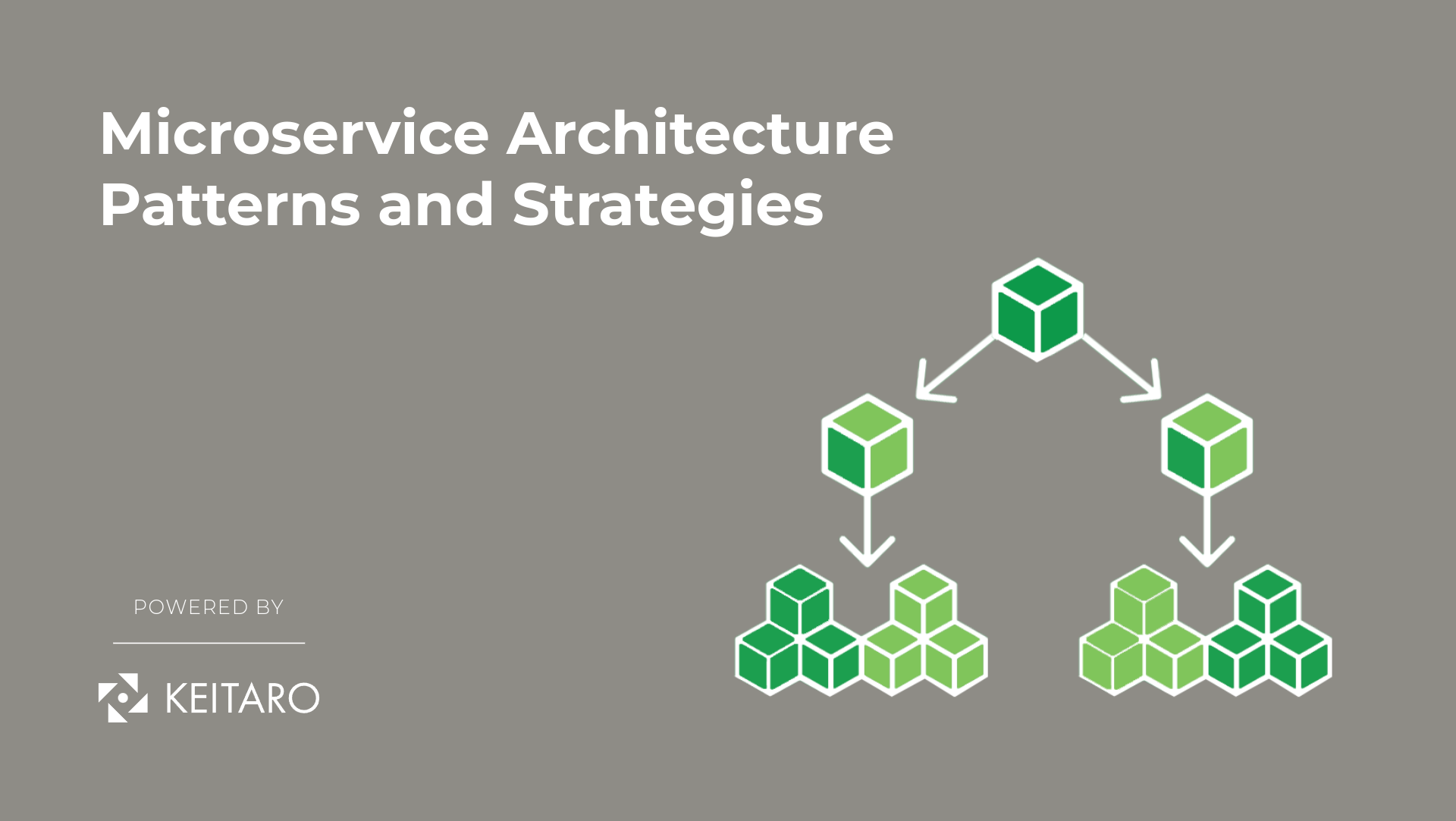As businesses develop, so do the challenges they face in delivering software efficiently and reliably. Scaling DevOps practices to accommodate this increase requires a strategic technique that addresses both technical and organizational complexities. In this article, we’ll explore powerful strategies to manage growth and complexity in DevOps.
Embrace a Microservices Architecture
By dividing big, monolithic programs into smaller, independently deployable services, microservices can assist in managing complexity. Because each service can be created, implemented, and scaled individually, teams may operate concurrently, reducing the likelihood of catastrophic failures.
Benefits of microservice architecture:
- Improved Scalability: Services can be scaled individually primarily based on demand.
- Enhanced Flexibility: Teams can pick the best tools and technology for each service.
- Fault Isolation: Failures in one service are less likely to affect the whole system.
Implement Continuous Integration and Continuous Deployment (CI/CD)
CI/CD pipelines automate the process of integrating code changes and deploying them to production, making sure that software is always in a releasable state. This is crucial for maintaining high pace and reducing manual intervention as the team grows.
Key CI/CD Practices:
- Automated Testing: Ensure each code change is tested automatically to catch issues early in the development process.
- Incremental Deployments: Use techniques like blue-green deployments or canary releases to minimize the risk of introducing new changes.
- Rollback Strategies: Implement rollback mechanisms to quickly revert to a previous stable state if issues are detected with integration tests after deployment, ensuring minimal disruption to the end users.
Foster a Culture of Collaboration and Ownership
DevOps is as much about culture as it is about tools and processes. Encourage a culture in which development, operations, and other stakeholders collaborate closely and take collective ownership of the software delivery process.
Strategies:
- Cross-Functional Teams: Form teams that consist of individuals from specific disciplines to foster better communication and collaboration.
- Shared Responsibility: Encourage teams to take ownership of their code from development through to production.
- Continuous Learning: Promote a culture of non-stop improvement via everyday retrospectives, training, and knowledge sharing.
Invest in Infrastructure as Code (IaC)
Infrastructure as Code (IaC) allows you to manage and provision infrastructure through code, enabling version control, repeatability, and scalability. Tools like Terraform, Ansible, and CloudFormation can help automate the provisioning of infrastructure, making it easier to manage as your organization grows.
Advantages of Infrastructure as Code (IaC):
- Consistency: Make sure that the environments used for development, testing, and production are all consistent.
- Automation: Minimize manual configuration and setup time.
- Scalability: Easily scale infrastructure up or down based on demand.
Enhance Security Practices
Security needs to be incorporated into every stage of the software development lifecycle as your DevOps practice grows. To guarantee that security is addressed at every level of the development lifecycle, DevSecOps incorporates security principles into the DevOps workflow.
Best Security Practices:
- Automated Security Testing: To identify vulnerabilities early on, incorporate security testing into the CI/CD pipeline.
- Shift-Left Security: Incorporate security testing early in the development process.
- Regular Audits and Compliance Checks: Conduct regular audits and compliance checks to make sure your systems follow best practices and regulations.
Monitor and Optimize Performance
Reliability and complexity management depend on efficient monitoring and performance enhancement. By putting comprehensive monitoring systems in place, you can identify bottlenecks, obtain insight into the overall operation of the system, and proactively fix problems.
Tools and techniques for monitoring and performance optimization:
- APM (Application Performance Monitoring): Real-time insights into application performance are provided by tools such as Prometheus, Datadog, and New Relic.
- Log Management: ELK Stack (Elasticsearch, Logstash, Kibana) centralized log control tool
- Capacity Planning: To ensure that your infrastructure can handle future development, regularly assess and plan for capacity.
Scale Your DevOps Teams
Effectively growing your DevOps team is essential as your company expands. This involves not just hiring extra people but additionally optimizing team structures and processes.
Methods to scale your DevOps teams:
- Decentralized DevOps: Gives separate teams the freedom to manage their own DevOps plans while preserving central oversight for crucial areas like security and compliance.
- Centers of Excellence: Assemble a core group dedicated to developing frameworks, best practices, and other resources that other teams can exploit.
- Continuous Training: To keep your teams up to date of the newest tools and technology, invest in ongoing training and upskilling.
In summary
It takes a combination of automation, architecture, culture, monitoring, and security to successfully scale DevOps. Organizations may ensure that their DevOps methods stay reliable and effective as they develop by implementing these tactics to manage growth and complexity.



